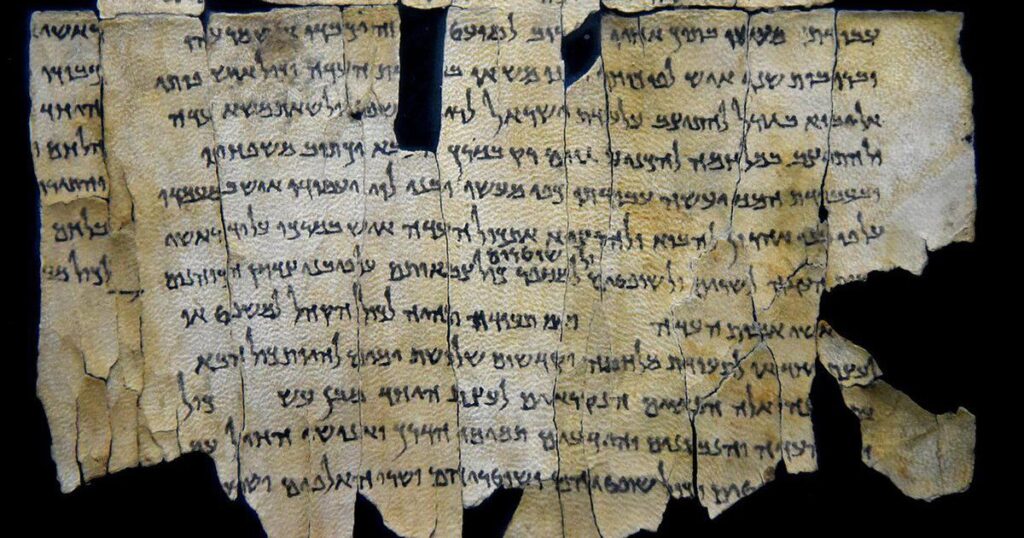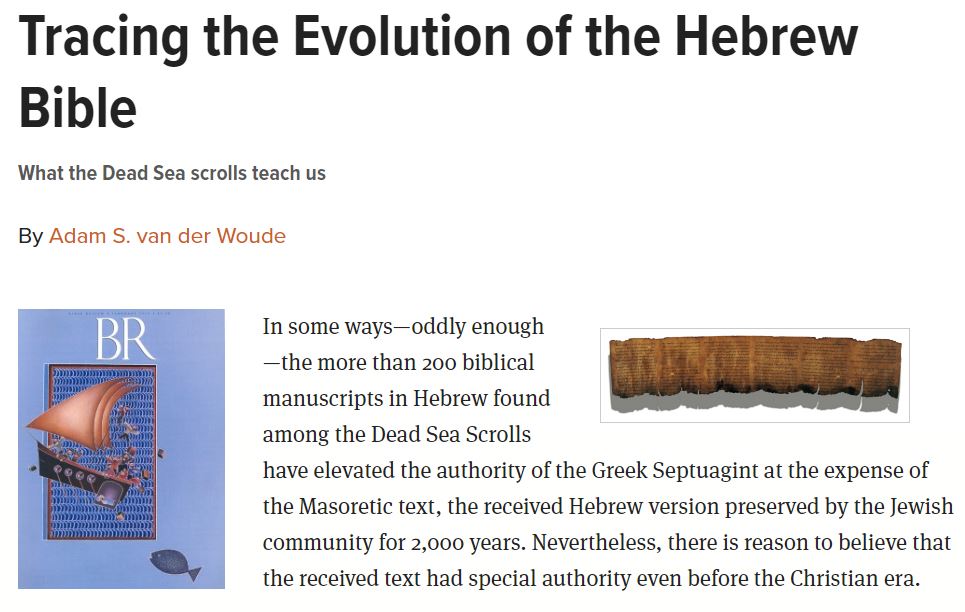
Estimated to be close to 2,000 years old, the remarkably well-preserved Dead Sea Scrolls contain ancient texts of great historical importance. Since the initial discovery in 1947 by Bedouin shepherds, scholars have reconstructed over 900 of these ancient Hebrew texts.
Before the Dead Sea Scrolls were discovered, we could assume that in the Masoretic tradition the original text of the Old Testament had come down virtually unchanged through the centuries. We could dismiss the Septuagint as a free translation of the Hebrew Bible, and the Samaritan Pentateuch as a sectarian rendition of the so-called five books of Moses. It was recognized of course that the Masoretic text contained some errors (transcribers all make mistakes) and that the Septuagint and the Samaritan Pentateuch may have at times preserved textual variants that were acceptable or even preferable. Still these versions did not pose an essential problem to those who believed that the consonantal text of the Hebrew Bible had been passed down through the centuries with exemplary faithfulness.
The Dead Sea Scrolls, discovered near Qumran beginning in 1947, have changed all that. The biblical manuscripts from the Dead Sea Scrolls have thrown a new light on the textual history of the Hebrew Bible. These 200 or so biblical manuscripts, almost all very fragmentary, lead us back to the text of the Old Testament as it circulated in Palestine before the beginning of the Christian era, in a few cases going back as early as the third century B.C.
